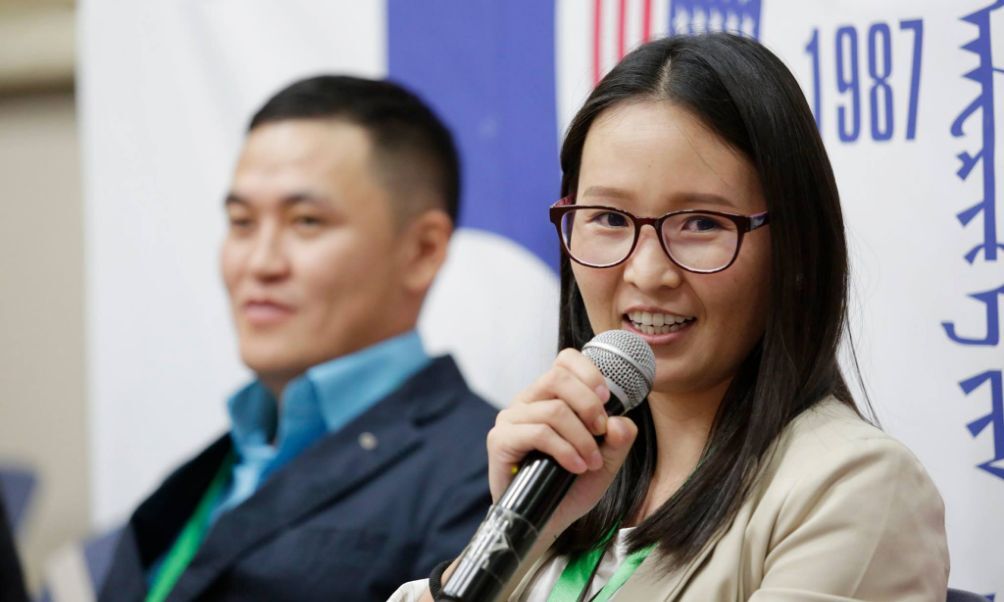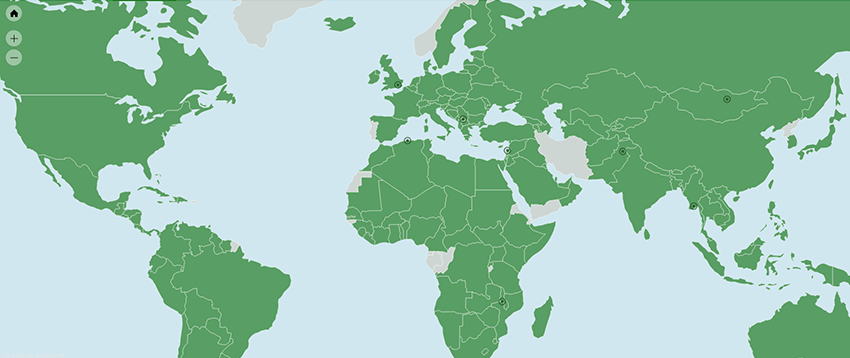-
What We Do
- WHERE WE WORK
-
About Us
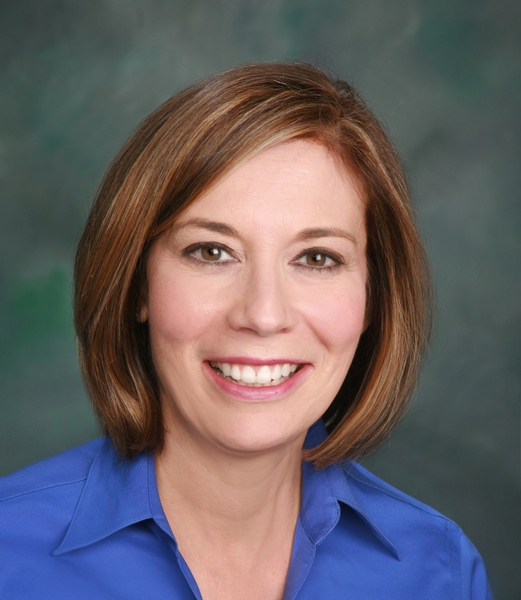 Welcome Message from Carol Jenkins
Welcome Message from Carol JenkinsFor more than 90 years, World Learning has equipped individuals and institutions to address the world’s most pressing problems. We believe that, working together with our partners, we can change this world for the better.
On my travels, I’ve had the opportunity to meet with many of those who have joined us in this mission. In Baghdad, we’ve trained more than 2,300 Iraqi youth who are already giving back at home. In London, our partners in the TAAP Initiative strongly believe that we are all responsible to practice inclusion. And in Vermont, our Experiment in International Living and School for International Training participants prove every day that they have the tools and the determination to change the world.
Please join us in our pursuit of a more peaceful and just world.
- Get Involved
Media Center > Story
Q&A: World Learning’s Juanita Adames on the Importance of Including All Voices in Global Development
October 25, 2019
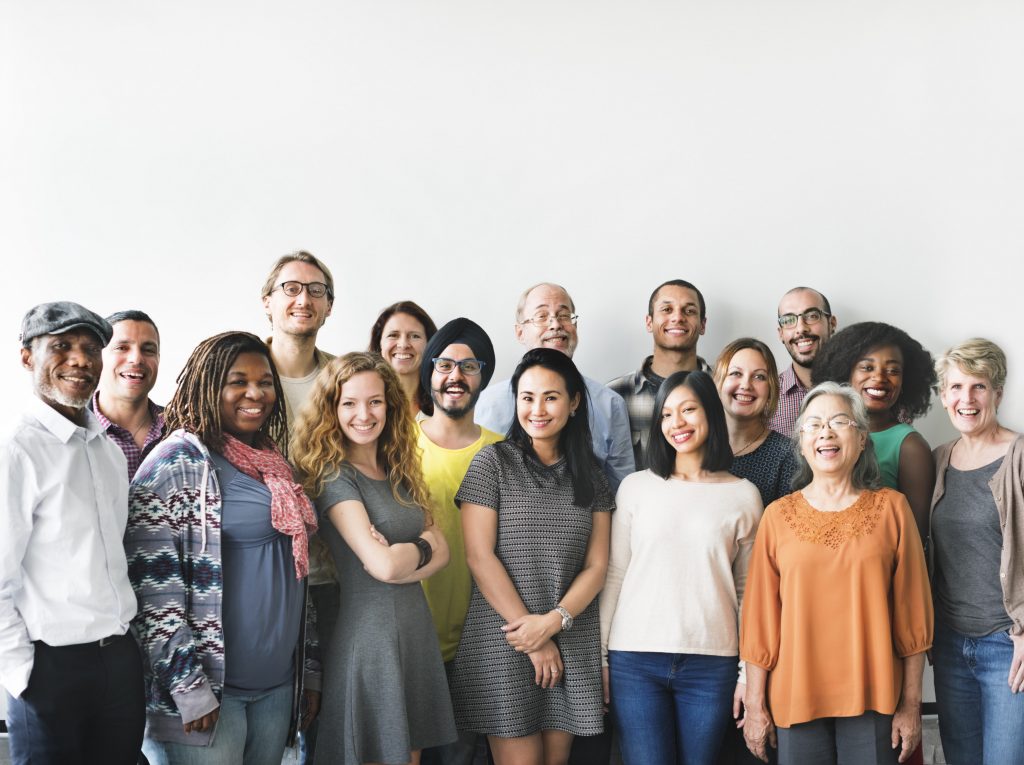
World Learning has long recognized that inclusive practices are essential to our pursuit of a more peaceful and just world. True progress is only possible when people from all parts of society — including groups typically marginalized from political and economic power — have a say in what happens in their communities.
This commitment is what led us to launch the TAAP — Transforming Agency, Access, and Power — Initiative in 2018 to help other practitioners, organizations, and policymakers to integrate social inclusion into their work. Through this initiative, we’ve created the TAAP Toolkit, an open-source guide for inclusive development, and the TAAP Community of Practice, which brings together partners from a variety of organizations to promote learning and best practices.
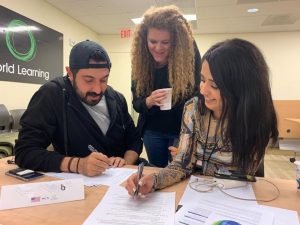
World Learning’s Social Inclusion Officer Juanita Adames (center).
This year, World Learning welcomed a new staff member whose role is to cultivate that TAAP network and ensure that our global development programs are inclusive: Social Inclusion Officer Juanita Adames.
Adames is no stranger to this work. She has been working in international development since 2011, with an extensive background in human rights, communities in conflict, countering violent extremism, and civil society and governance work, all around the world but particularly in the Middle East, North Africa, Latin America, and the Caribbean. In the following interview, she explains why she believes in World Learning’s approach to social inclusion — and where it’s headed in the future.
What brought you to World Learning?
I was implementing a training on social inclusion in Tunisia, and we used an exercise from the TAAP Toolkit. The exercise went so well, and the training went so well, that when I saw there was a position available for social inclusion officer here at World Learning, I was super excited about the opportunity. I was really interested in moving forward in my career in a way that was meaningful.
TAAP enables you to really understand that diversity does not equal inclusion.
What went so well with that exercise? What about the TAAP Toolkit helped?
We did a social identity wheel, looking at the dimensions of identity, how different programs deal with the dimensions of inclusion or exclusion, and having participants reflect on their own biases. They were from 22 countries in the Middle East, some of them more privileged than others.
It was a really fruitful discussion, a really honest discussion, and I think it was the first time where I was able to do social inclusion work that required participants to think through who they were and their levels of privilege, then look at how their privilege and biases would affect stakeholders and, ultimately, programming. When you’re talking about levels of power, if you are privileged, you don’t necessarily see the gaps that affect excluded communities right away.
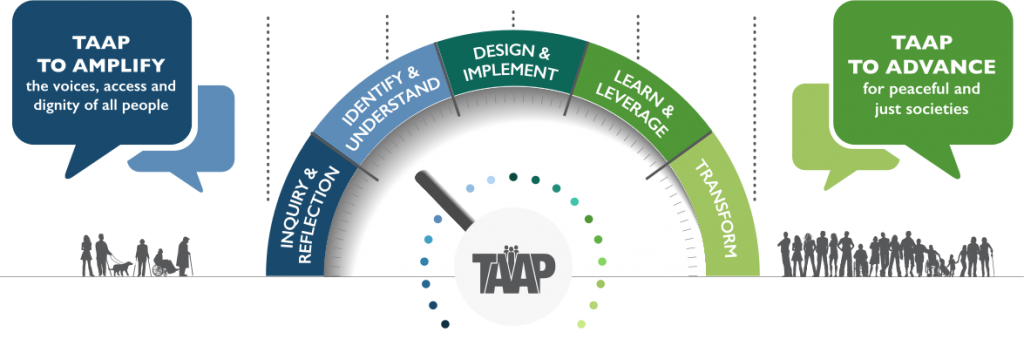
What does inclusion work usually look like in development projects?
A lot of inclusion work comes from good intentions. [Practitioners] feel like if they have one minority student or one disabled student, they’re being inclusive. What I like about the TAAP Toolkit and the social identity wheel activity was that it forced these participants to look at their own biases and how that affects programming. It’s not just that a minority student is present; we as practitioners have to look at, okay, they’re present, but what is their level of access? What is their agency to participate in the program? TAAP enables you to really understand that diversity does not equal inclusion. And it forces the practitioner to realize that, yes, this person is excluded, but what assumptions am I making about their exclusion?
How are you integrating the TAAP Toolkit and social inclusion into World Learning’s global development programs?
Right now, World Learning is doing a lot of internal staff training. We’ve launched a lunchtime brown bag series, an introduction to TAAP, getting everybody’s feet wet with the idea. We’ve trained 43 staffers so far, including staff in our field offices, five of whom have trained others. I’m also working with my colleagues Kareen Ross and Neil O’Flaherty to develop a TAAP Toolkit training for staff here to incorporate TAAP principles in their own programs as well as external trainings in DC.
We also have a TAAP Community of Practice, which has 79 members across the international development community, to move forward meaningful methodologies in the social inclusion space. And not only do we integrate the TAAP approach and toolkit into our program design, but we use it to guide learning, too, so we can see how it’s having a positive impact throughout our work.
What progress have you made?

Our staff trainings have already made people more comfortable talking about social inclusion and how it could be used to advance programming across World Learning. This mainstreaming approach is central to really making progress since it involves many people working across programs toward a shared vision of social inclusion rather than one or two staff members trying to do that alone.
One of the notable accomplishments is that World Learning has been invited to participate in conferences including the Innovation Fair during the World Bank’s annual Civil Society Policy Forum. I’m also co-authoring YouthPower Learning’s technical brief on social inclusion. The Social Inclusion team also just recently did an event with Chemonics on social inclusion tools that work.
So one thing that the Community of Practice has been able to do is enable World Learning to continue being a thought leader but also provide us opportunities to learn and grow from other implementers in the social inclusion space. We are going to be publishing some more work in the coming weeks with the Community of Practice specifically focused on the organizational change and building inclusivity in organizations, too.
What has been the focus so far in the Community of Practice?
There are two subgroups in the Community of Practice. One is promoting shared learning, which I co-chair with Caitlin O’Donnell from Making Cents International. That has been focused on taking the qualitative data from the social inclusion space, learnings from that, and incorporating it into programming across the development community.
Then there is the evidence-based working group co-chaired by [World Learning Director of Monitoring, Evaluation, Research and Learning] Meri Ghorkhmazyan and Rebecca Aasberg of the National Democratic Institute and Edlira Ngjeci of Save the Children. They work on the quantitative data of social inclusion — how do we establish metrics for social inclusion programs in the development community? They’re developing that organizational scorecard.
Even though those metrics are still being established, is there anything we can point to at this point in terms of progress?
In Algeria, we have seen some really excellent results. Dr. Catherine Honeyman, our senior youth workforce specialist, has done wonderful research on this. What we’ve seen is that teaching and practicing social inclusion can also impact the individual positive self-concept of youth in our programs. This is a tangential finding from our Algeria research that we hope to explore more at one point.
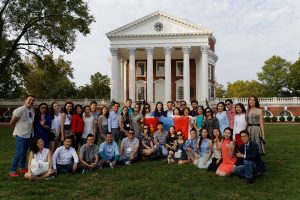
We’ve also had some really interesting and successful work in our LEAD Mongolia project and the inclusion of the Kazakh minority community in the program. Three percent of LEAD fellows are Kazakh, which is on par with the community’s representation in Mongolia at four percent.
Is that any different from before we started talking about TAAP?
Yeah, in 2016 — and this is really innovative — World Learning included a social inclusion analysis in the research and information-gathering process that informed the design of the LEAD program. Because we chose to do that, we were able to understand that the Kazakh minority in a province that’s very far from the capital needed to be engaged and we were able to build that insight into the design from the start. We were also able to orient local staff to the social inclusion approach from the moment the program started rather than realizing it later in the program cycle and having to back track.
When we originally hired the local staff member[who does this work] she said, “Why do I have to travel to this far away province? Why can’t I just do it online?” But we required her to go to the province — and in doing so, she further understood the need to include the Kazakh community, to meet them where they’re at, and to conduct that outreach. And because of the intentionality of our inclusion efforts, we now have representation of fellows on par with the Kazak population in Mongolia. That’s huge.
What sets World Learning its approach to inclusion apart from others?
Just the intentionality and the focus on bias. So many people think that they’re being inclusive without recognizing how their own biases affect those efforts. By having a toolkit that is designed to help you identify those biases and how they will affect your programming before you launch into further analysis, I think World Learning took a really innovative and challenging approach.
You can’t solve international problems if you’re not reaching all communities.
What’s the next step for TAAP?
Training our staff is really important. We are as inclusive as our staff. Also just working across the portfolio and pushing forward meaningful, inclusive programs that matter and make a difference. Also, learning where my blind spots are. I’m a social inclusion officer, but I have biases that are wrong, too. Continuing to train staff and build a community of people who are interested and engaged in achieving social inclusion goals helps us all advance in our own learning and do our work in more impactful ways.
What’s the importance of inclusion in global development and international exchange programs?
Development is, in large part, predicated on unequal relationships between the donor and the beneficiary community. A lot of times, and in a lot of the projects I’ve worked on, you end up working with the same partners, and you create this echo chamber where we only effect positive change in small segments of communities.
The importance of including new voices and changing that relationship gets to the core of development. You can’t solve international problems if you’re not reaching all communities. It’s on us to make sure traditionally excluded communities have access, and that they have the agency and the power to participate. It’s not on them, it’s on us.
Learn more about the TAAP Approach and download the TAAP Toolkit at www.taapinclusion.org.

